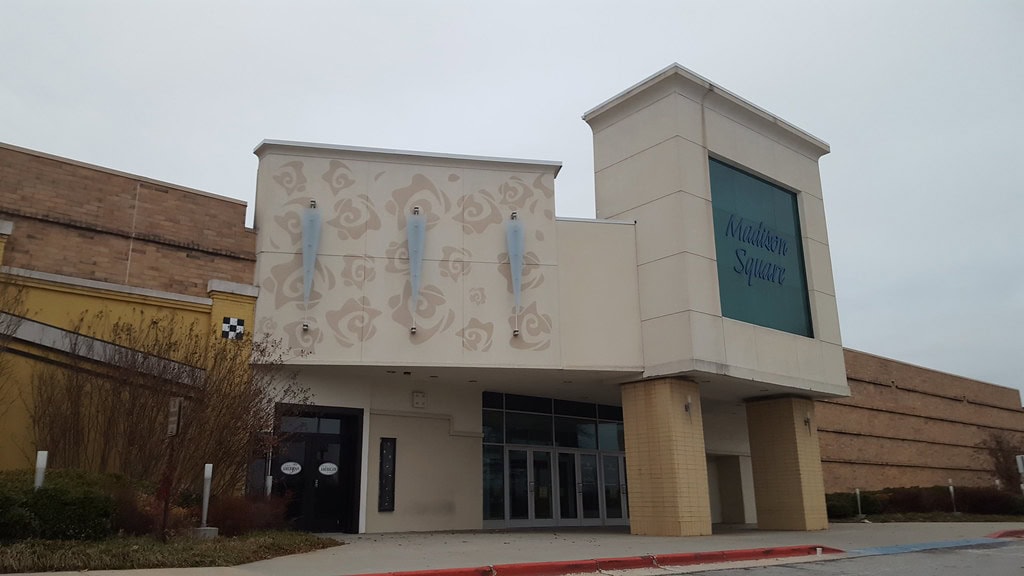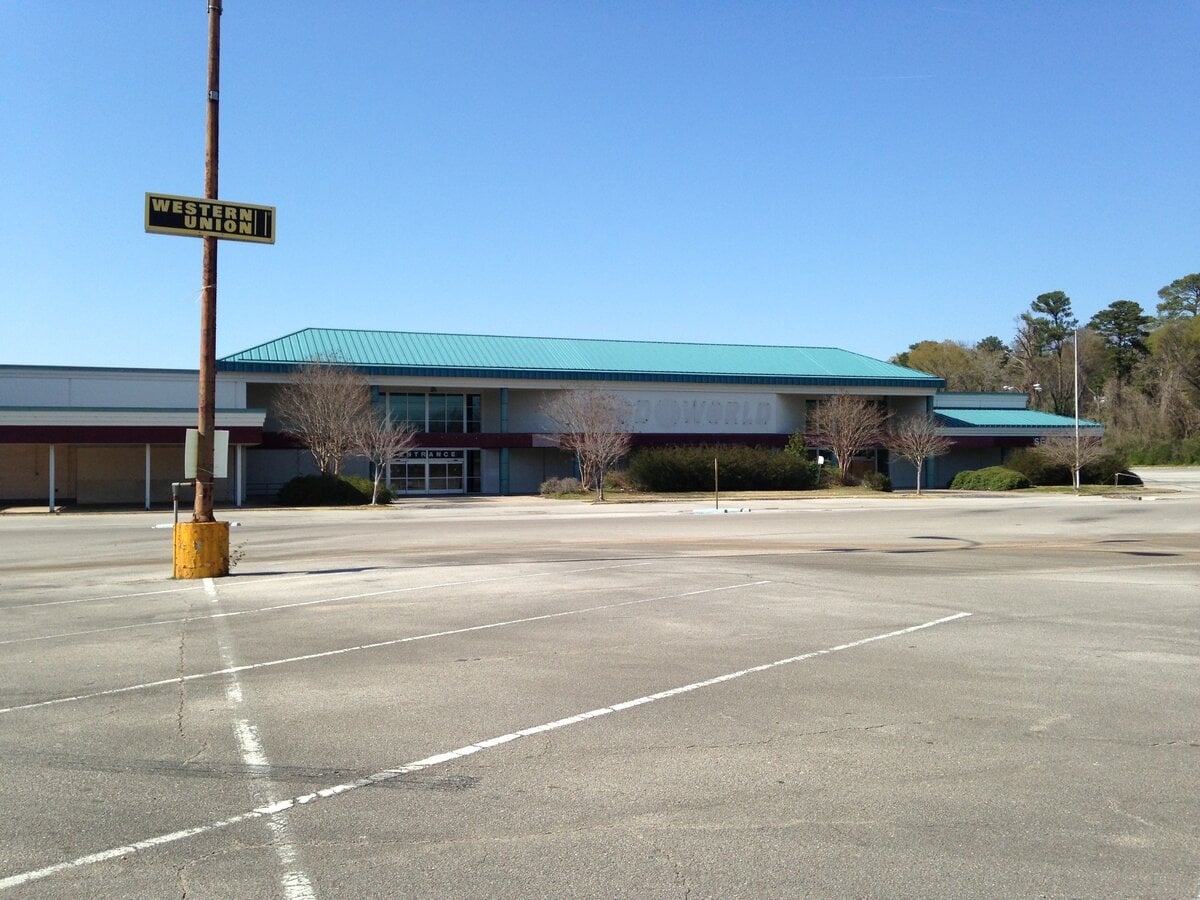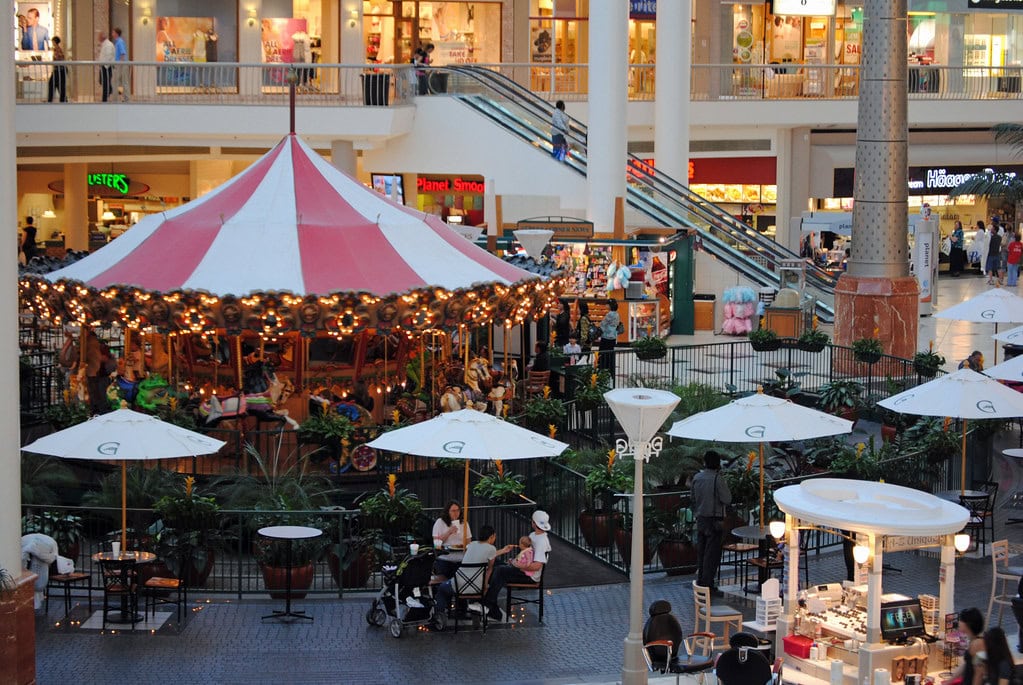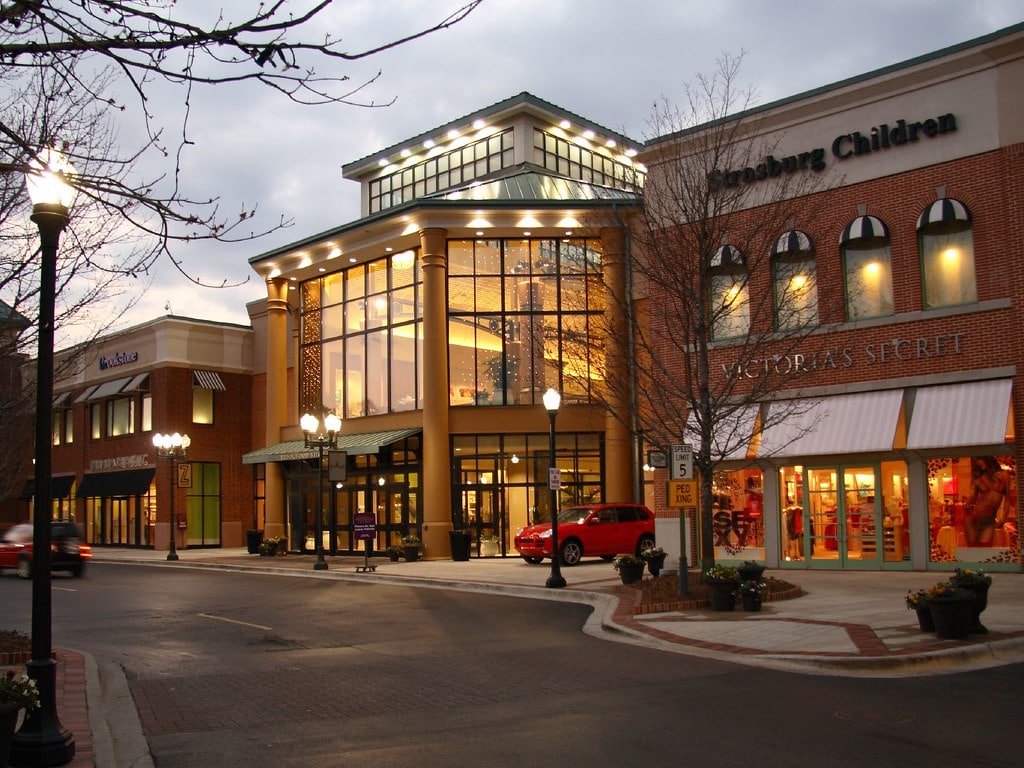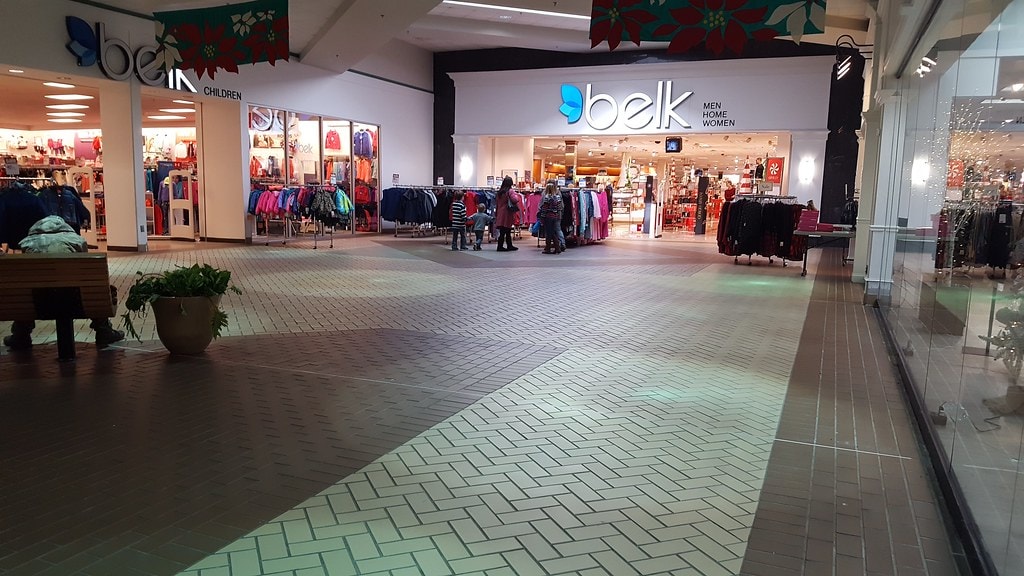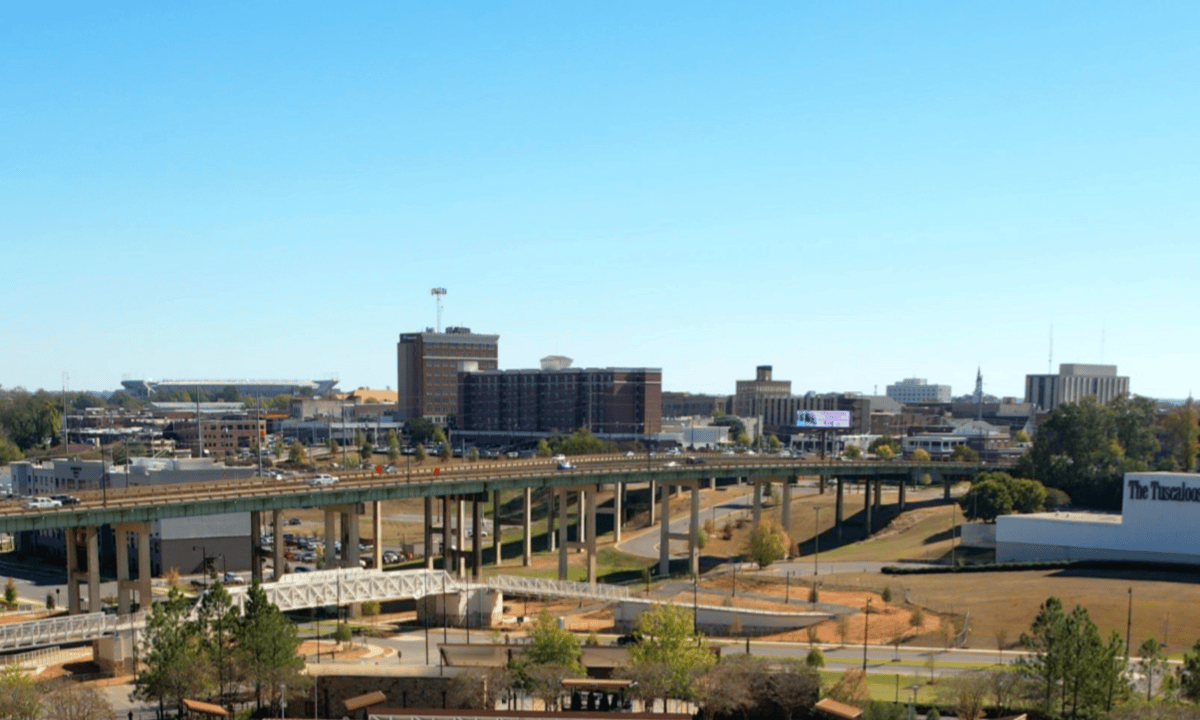Tuscaloosa, Alabama, has stories people still argue over, avoid mentioning, or only whisper about when they drive past the empty lots. A courthouse protest was shut down by police before it even got moving.
A mental hospital so overcrowded it triggered one of the longest federal lawsuits in U.S. history. A once-booming shopping mall was gutted and stalled for years.
These aren't the events printed on local banners or celebrated in alumni brochures, but they happened here. As you read through the list, see how many you already knew.
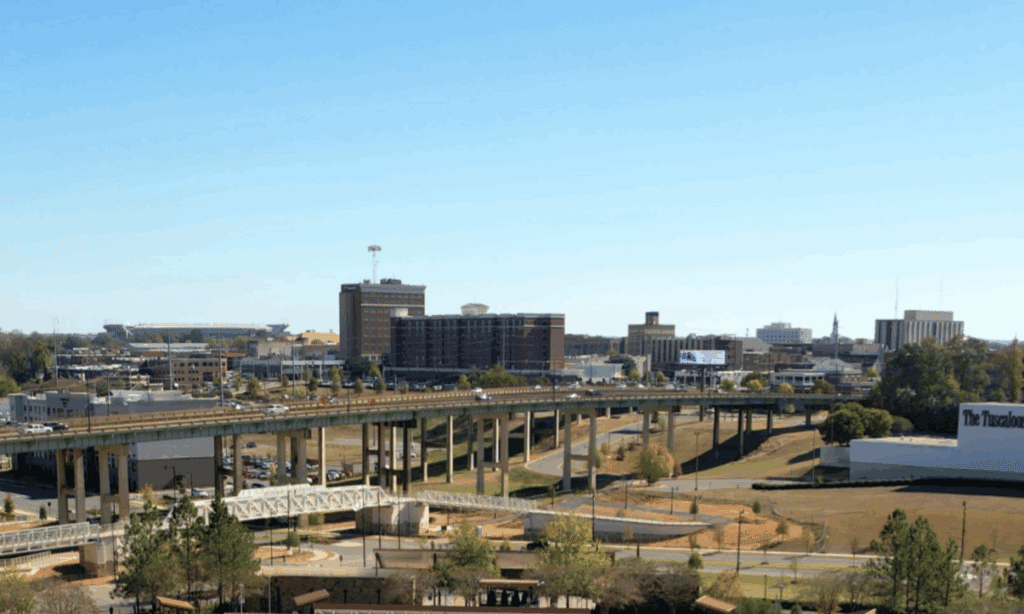
Which ones were left out of local tours, and which still show up in zoning fights or lawsuits?
Some are tied to buildings that disappeared without a plaque. Others have pointed out laws that have remained on the books far too long.
It's not a full history, but it's one people in Tuscaloosa still live with, whether they talk about it or not.
Bloody Tuesday protest crackdown in 1964 left more than 30 injured and nearly 100 arrested
On June 9, 1964, a civil rights demonstration in downtown Tuscaloosa ended in widespread violence and mass arrests.
Protesters had planned a peaceful march from First African Baptist Church to the newly desegregated county courthouse.
Just yards from the starting point, police and deputized citizens blocked the group and attacked with nightsticks and tear gas.
More than 30 people were hospitalized, and at least 94 were jailed.
No national press covered the event, and for years, the incident was largely absent from local histories.
Though commemorated later with a marker, many longtime residents recall how the brutality was ignored or minimized by city leaders and media for decades.
Bryce Hospital's overcrowding and neglect led to a federal court case that lasted over 30 years
Bryce Hospital, Alabama's primary mental institution, operated in Tuscaloosa for over a century.
In 1970, patient care was described by experts as dangerously substandard. The lawsuit Wyatt v.
Stickney began after layoffs at the hospital triggered legal action over patients' treatment rights.
At its peak, Bryce held over 5,000 residents in facilities meant for half that number.
Investigations revealed unsanitary conditions, widespread use of physical restraints, and a lack of therapeutic programs.
The case continued through multiple court orders and appeals until its resolution in 2003.
Its duration and scope made it one of the longest-running institutional reform cases in U.S. history.
For decades, institutionalized residents in Tuscaloosa were subjected to forced sterilization
Alabama's sterilization law dates to the early 1900s. It let state hospitals and institutions decide who was "unfit" to have children.
At the Partlow Center in Tuscaloosa, the practice went on for decades. Some records list sterilizations as late as the 1970s.
The procedures mostly targeted people with intellectual disabilities or psychiatric diagnoses, especially those labeled as low-functioning or kept in the system for years.
Consent was often missing or muddled.
Families sometimes weren't told; patients rarely understood the details.
The official explanation was public health, as evidenced by language that appears in state memos and reports from the period.
In reality, the law gave administrators broad authority to control patients' lives.
Medical and human rights groups have since denounced the policy.
There's been little in the way of formal recognition for survivors. Most have struggled to get records opened or to receive any sort of compensation.
Repeated school rezoning plans have led to years of neighborhood tension and lawsuits
Since the early 2000s, the Tuscaloosa City School District has repeatedly tried to redraw attendance zones.
Each attempt brought out large groups of parents and residents, sometimes filling meeting rooms past capacity.
Some of the rezoning plans aimed to address racial and economic divides left over from decades of previous policies.
Others were tied to changes in student numbers or the opening of new buildings.
Neighborhood associations and parent groups have regularly pushed back, filing lawsuits or staging rallies at city hall.
Many accused district leaders of pushing plans without enough public input or clear explanations.
School board meetings stretched late into the night, with tempers flaring and votes often split by just a few members.
Even after decisions were made, appeals and court challenges kept the debate alive, sometimes stretching past the end of the school year.
The conflict hasn't really faded, with new proposals reigniting old arguments almost every time they surface.
The McFarland Mall sat mostly abandoned for over a decade before demolition finally began in 2022
McFarland Mall opened in 1969 with anchor stores like Zayre and Woolco and remained Tuscaloosa's primary shopping destination through the 1980s.
After national chains closed or relocated to newer developments, the mall struggled to attract tenants.
By the early 2010s, it had become a near-empty shell. Plans for a $100 million redevelopment were announced in 2013 but repeatedly delayed.
Most of the mall sat vacant for years while demolition was piecemealed. As of 2024, only a Dollar Tree operated on the site (closed in 2025).
Kaulton, a planned mill town in west Tuscaloosa, vanished less than 30 years after its founding
The Kaul Lumber Company founded Kaulton in 1912 as a model industrial village.
Located just west of downtown Tuscaloosa, the community featured worker housing, a school, and a company store.
It was promoted as a "model" town with better living conditions than most Southern mill camps.
However, the town's success was short-lived. Founder John Kaul died in 1931, the sawmill closed soon after, and the community quickly emptied.
By the 1950s, almost no trace of Kaulton remained except for a few street names.
Despite its brief existence, Kaulton represents one of the area's most ambitious but short-lived efforts at company-led urban planning.
A 2013 demolition erased the historic Kilgore House despite preservationist objections
The Kilgore House, constructed in 1890, was one of the oldest Victorian-style buildings on the University of Alabama campus and played an early role in co-educational housing for women.
Later, it housed Alabama Heritage magazine from 1985 to 2012.
Though listed on the Alabama Register of Historic Places, the building lacked federal protection.
In May 2013, the university declared it surplus property and tore it down to build an outdoor dining plaza.
Officials cited prohibitive costs for restoration or relocation.
Preservation advocates, including historians and faculty, objected to the decision, arguing it erased a tangible part of campus history and reflected a broader trend of historic structure removal in favor of expansion.
Drish House sat in disrepair for decades despite its historic and architectural value
Built between 1837 and 1861, the Drish House is one of Tuscaloosa's oldest surviving structures.
Constructed by enslaved laborers for physician John R. Drish, the mansion combined Greek Revival and Italianate elements.
Over the years, it served as a school, warehouse, and auto parts store.
Still, by the 1990s, it was abandoned and listed among Alabama's "Places in Peril." Its deteriorated condition and rumors of haunting drew more attention than preservation.
Community efforts to save the structure took years to gain momentum.
Only after private investors converted it into an event venue in the mid-2010s was it stabilized.
Many locals recall how long it was neglected despite its deep connection to the city's early history.


